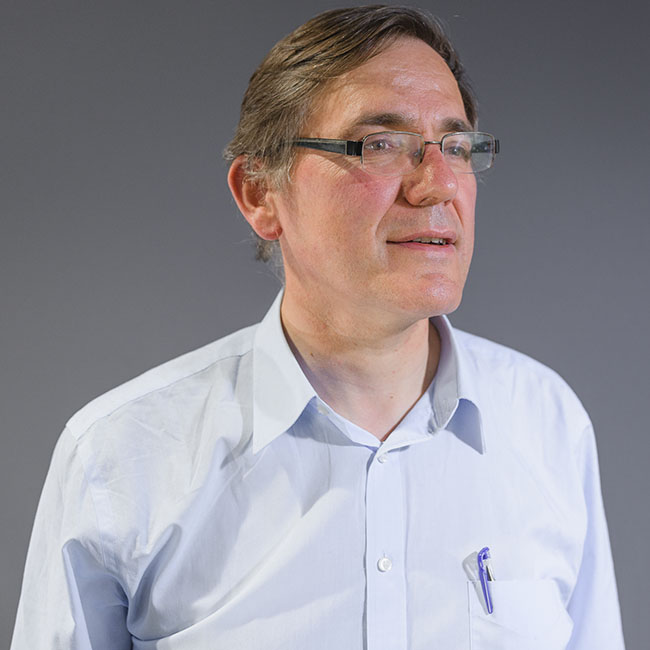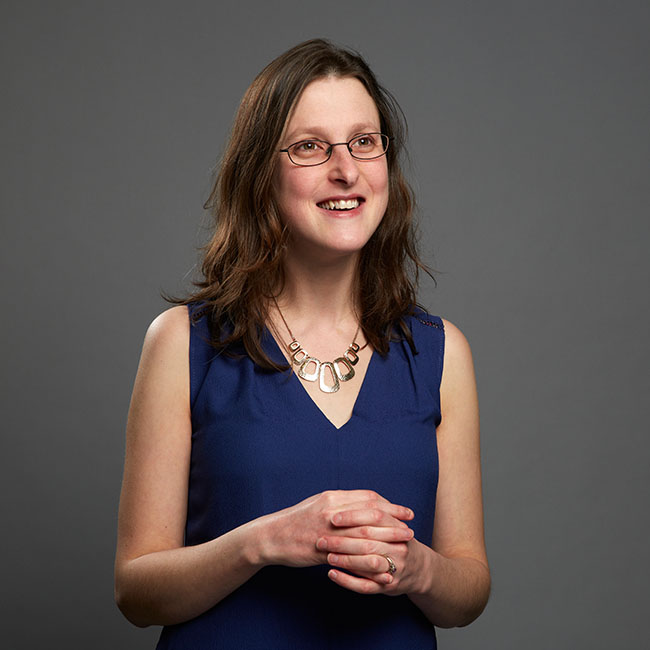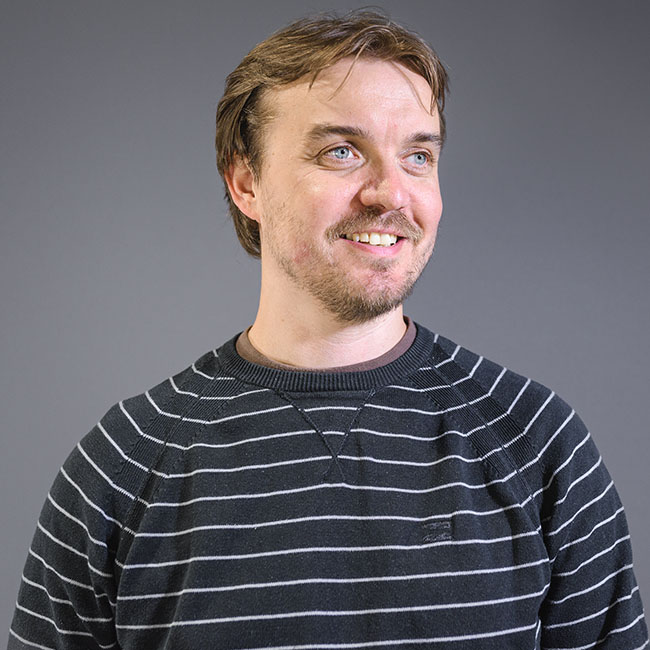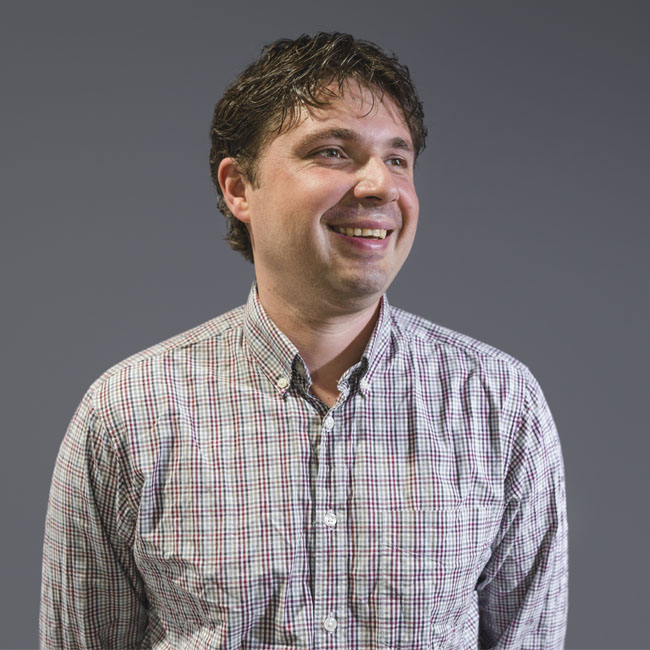The Molecular Microbiology Research Group is led by Professor Tom Smith and carries out projects in a number of environmental and clinical microbiological fields.
Bioremediation and biocatalysis
Bioremediation is the use of living systems to mitigate environmental pollution. Our research in bioremediation focuses on development of technology to use bacteria and plants to mitigate environmental contamination by hydrocarbons, xenobiotics, heavy metals and metalloids. Systems under study include hydrocarbon-oxidising bacteria and a variety of plants. We have recently discovered that certain methanotrophic (methane-oxidising) bacteria are able to reduce chromate (VI) and adsorb the chromium (III) thus produced, suggesting possible applications for remediation of chromate (VI) contamination.
Our research in biocatalysis concerns the use of genetic methods to develop hydrocarbon-oxidising enzymes from bacteria for use in synthesis of fine chemicals and bioremediation.
We are investigating the origin of stereoselectivity in alkene monooxygenase (AMO) from Rhodococcus rhodochrous B-276 toward more effective and environmentally friendly synthesis of chiral epoxides, which are important starting material for pharmaceutical and fine chemicals manufacture. In collaboration with Professor Colin Murrell at the University of East Anglia, we are using genetic methods to study soluble methane monooxygenase (sMMO) from methanotrophic bacteria in order to understand the mechanism of biological methane oxidation (which is important in minimising the global greenhouse effect) and to develop sMMO for bioremediation of organic pollutants.
Research is led by Professor Tom Smith and is currently funded by the Biotechnology and Biological Sciences Research Council.
Molecular environmental microbiology of the hospital ward environment
We are applying molecular microbial ecology methods – including the polymerase chain reaction and denaturing gradient gel electrophoresis – to study populations of microorganisms and resistance genes within the internal environment of hospital wards and other areas. This is a new tool to study the role of the environment in hospital-acquired infections. The work is a collaboration between Sheffield Hallam's Dr Karen Stanley, and Mr Robert Kerry and Dr Robert Townsend from Sheffield Teaching Hospitals NHS Foundation Trust. It's funded by the Hospital Infection Society.
Microbiological applications in materials science
Research is underway into possible applications of bacteria within materials science, including inhibition of corrosion and biofouling and development of biosensors. This work is in collaboration with Professor Bob Akid of the University of Manchester. Work on development of a novel coating containing 'good' bacteria for inhibition of biofouling and corrosion is currently supported by the Engineering and Physical Sciences Research Council.
Novel antimicrobial systems
Work is ongoing in developing a new controlled-release coating for local delivery of antibiotics and other therapeutic agents for use on orthopedic prostheses and other surgical implants. This work is a collaboration with Professor Bob Akid of the University of Manchester and Dr Robert Townsend and Professor Ian Stockley from Sheffield Teaching Hospitals NHS trust. This work is sponsored by the Medical Research Council.
Regulatory phosphate-based molecules and regulation of motility in Escherichia coli and Salmonella enteritidis
E. coli and Salmonella adapt to their environments utilising intracellular secondary signalling pathways. Cyclic di-GMP is an established secondary messenger which affects a range of phenotypes. Of particular interest is how the cyclic di-GMP signalling pathway is modulated within the cell with respect to extracellular signals. Motility is, in part, regulated in both E. coli and Salmonella by intracellular levels of cyclic di-GMP. Of interest is how the multitude of cyclic di-GMP regulatory proteins feed into the regulation of motility and how some of these proteins also have a cyclic di-GMP independent effect on chemotaxis.
Research in these areas is led by Dr Mel Lacey.
Does the use of antineoplastic agents result in the development of extended spectrum β-lactamases?
The extended-spectrum cephalosporins have been in clinical use for over 20 years and underpin empirical therapy of serious bacterial infections. This role is increasingly compromised by the emergence of bacteria, such as the Enterobacteriaceae and Pseudomonas aeruginosa, resistant to these drugs through the production of extended-spectrum beta-lactamases (ESBLs). These bacteria frequently cause life-threatening infections, particularly in oncology patients. The genes encoding for ESBLs arise by point mutations in common genes that code for narrow-spectrum beta-lactamases. The interaction between antineoplastic agents and extended-spectrum cephalosporins and other b-lactams may exacerbate the selection of resistance to these antibiotics. This project is seeking to determine the combinations of antineoplastic agent and b-lactam that are least likely to produce ESBLs in potential pathogens in oncology patients.
Research is led by Dr Keith Miller.
Natural products research
Our research focuses on utilising natural product scaffolds for the discovery of new therapeutic drugs, and as tool compounds to probe biological systems. Research includes
- rational semi-synthesis to generate designed semi-synthetic compound libraries populated with lead-like and drug-like compounds
- the development of analogues of various 'neglected' natural products in order to identify the pharmacophores, develop more potent derivatives, and ultimately identify the mechanisms of action
- the synthesis of quinone-derived compounds and various analogues





